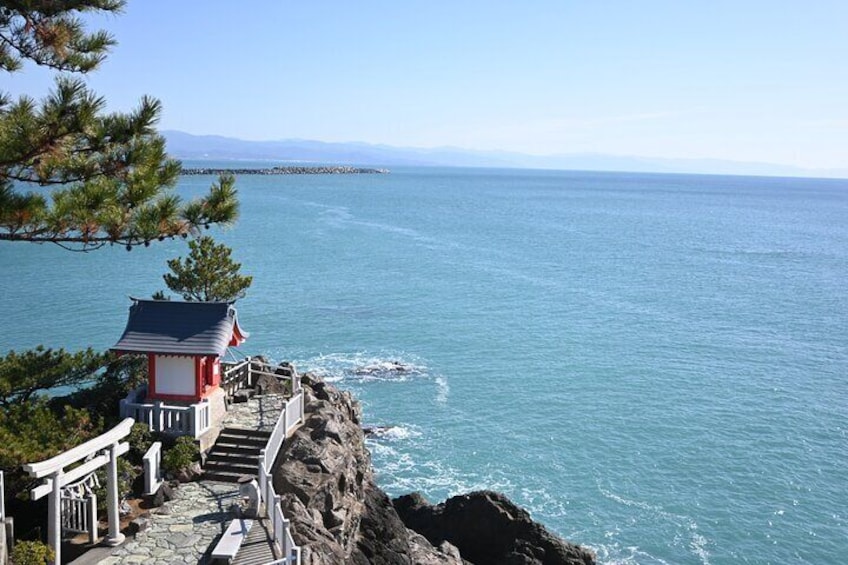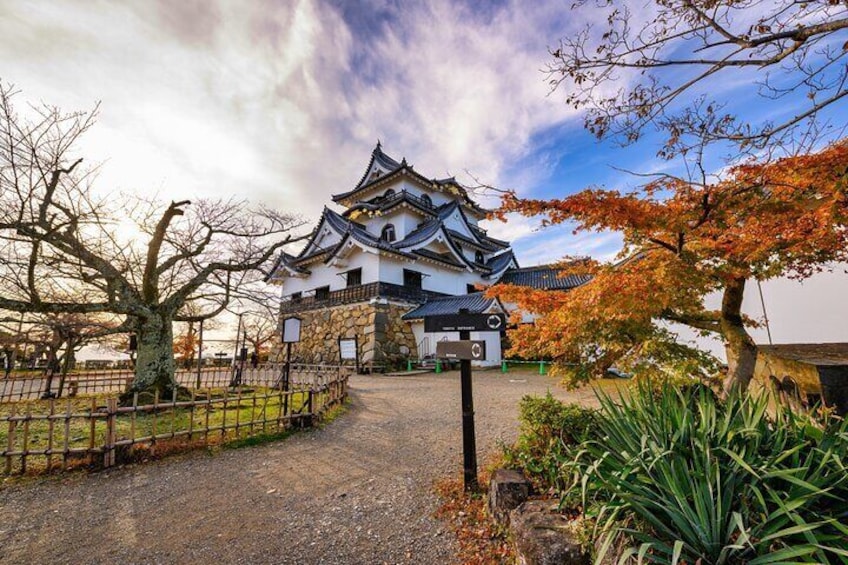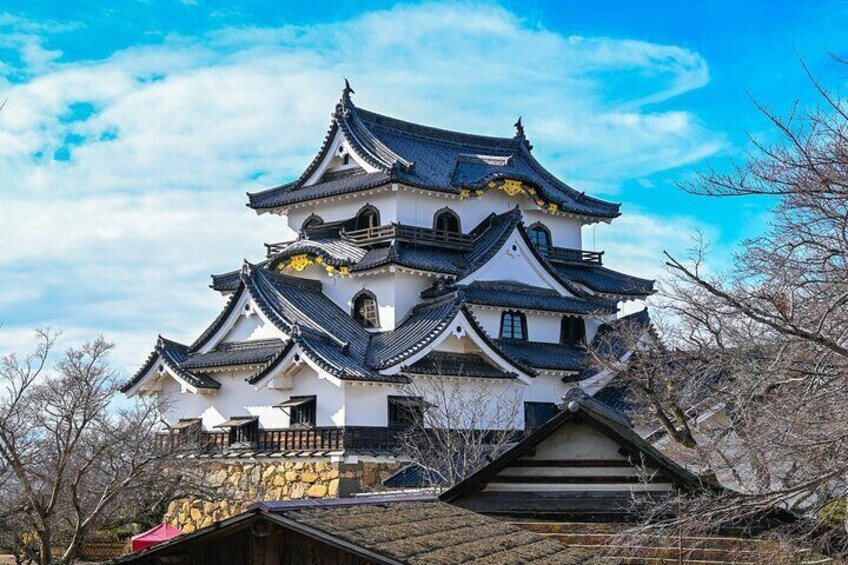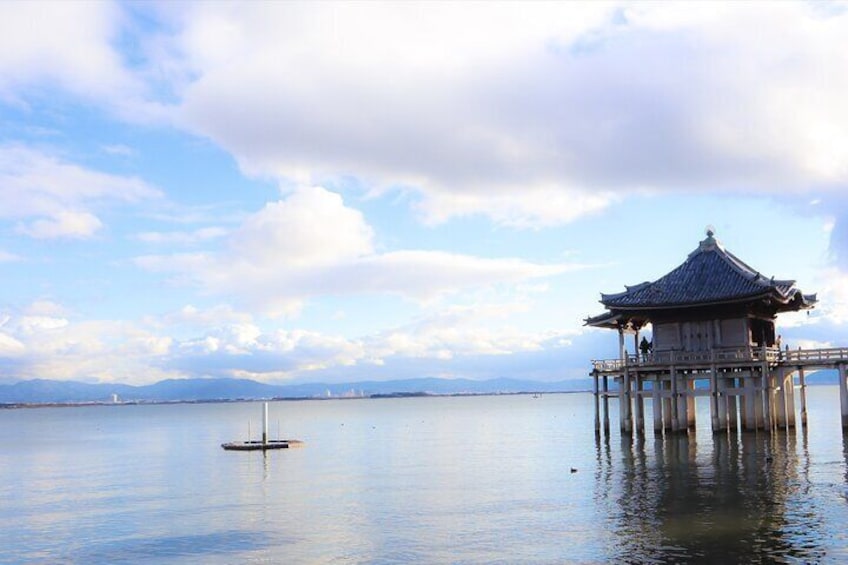




Private Lake Biwa Tour with Licensed Guide and Vehicle
By Japan Guide Agency
Free cancellation available
Features
Overview
Activity location
Meeting/Redemption Point
Check availability
Van (up to 7 PAX)
Van (up to 7 PAX)
Pickup included
Price details
AU$1,799.41 x 1 TravellerAU$1,799.41
Total
Until Sat, 5 Apr
Minivan (up to 4 PAX)
Minivan (up to 4 PAX)
Pickup included
Price details
AU$1,512.78 x 1 TravellerAU$1,512.78
Total
Until Sat, 5 Apr
Regular car (up to 2 PAX)
Regular car (up to 2 pax)
Pickup included
Price details
AU$1,429.97 x 1 TravellerAU$1,429.97
Total
Until Sat, 5 Apr
What's included, what's not
Know before you book
- Service animals allowed
- Public transport options are available nearby
- Infants and small children can ride in a pram or stroller
- All areas and surfaces are wheelchair accessible
- Transport options are wheelchair accessible
- Wheelchair accessible
- Suitable for all physical fitness levels
- The allotted time is for transport.
- There are only a limited number of car seats and booster seats. Rear-facing car seats are not available. You must contact us directly if you need them.
Activity itinerary
Location
Activity location
Meeting/Redemption Point
Best Deals on Things to Do
Experience the wonders of the world up close with great deals on things to do near and far. We offer one-of-a-kind activities that allow you to explore Otsu your way. Whether you love nature, culture, food or a bit of adventure, we have the perfect activity for you.